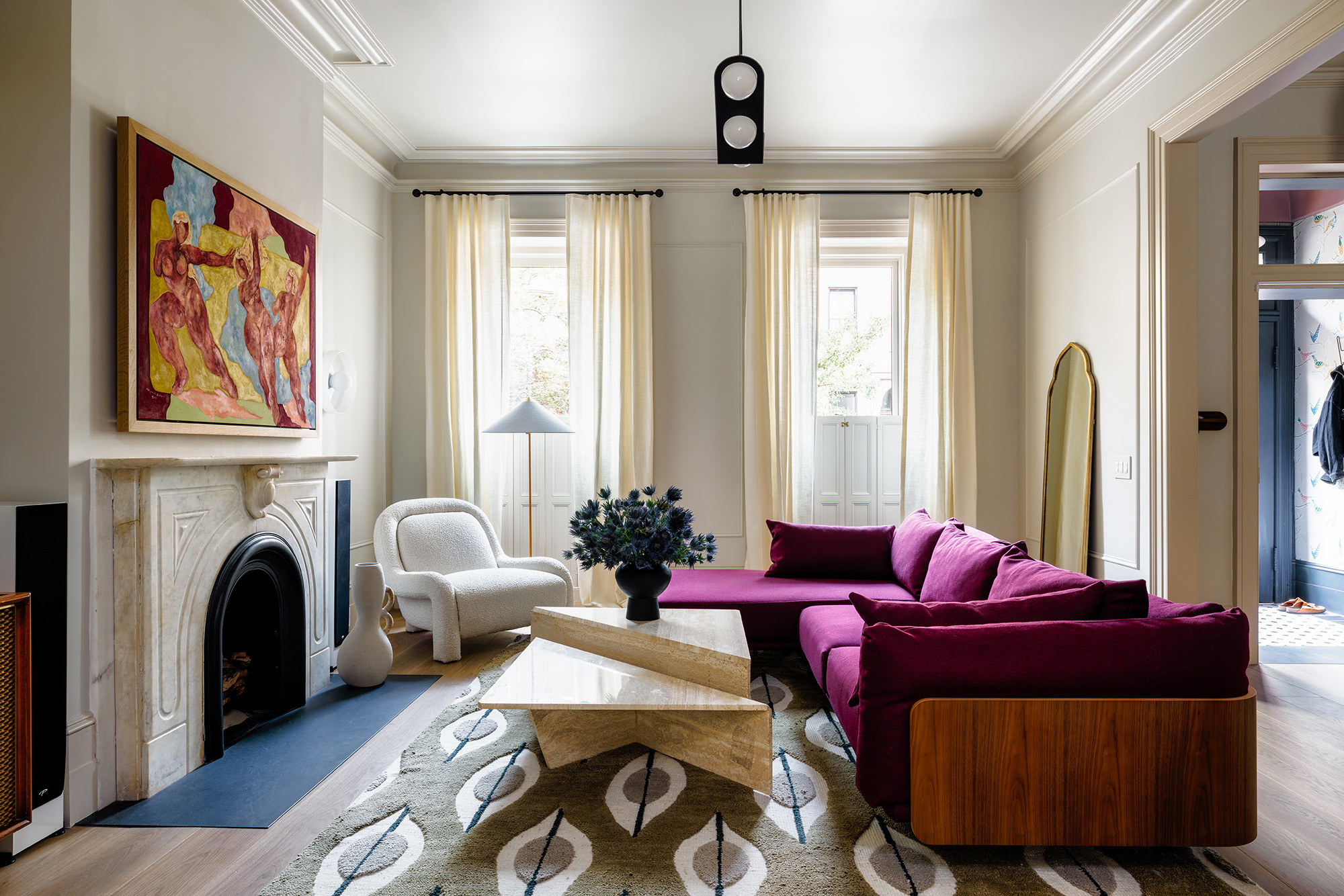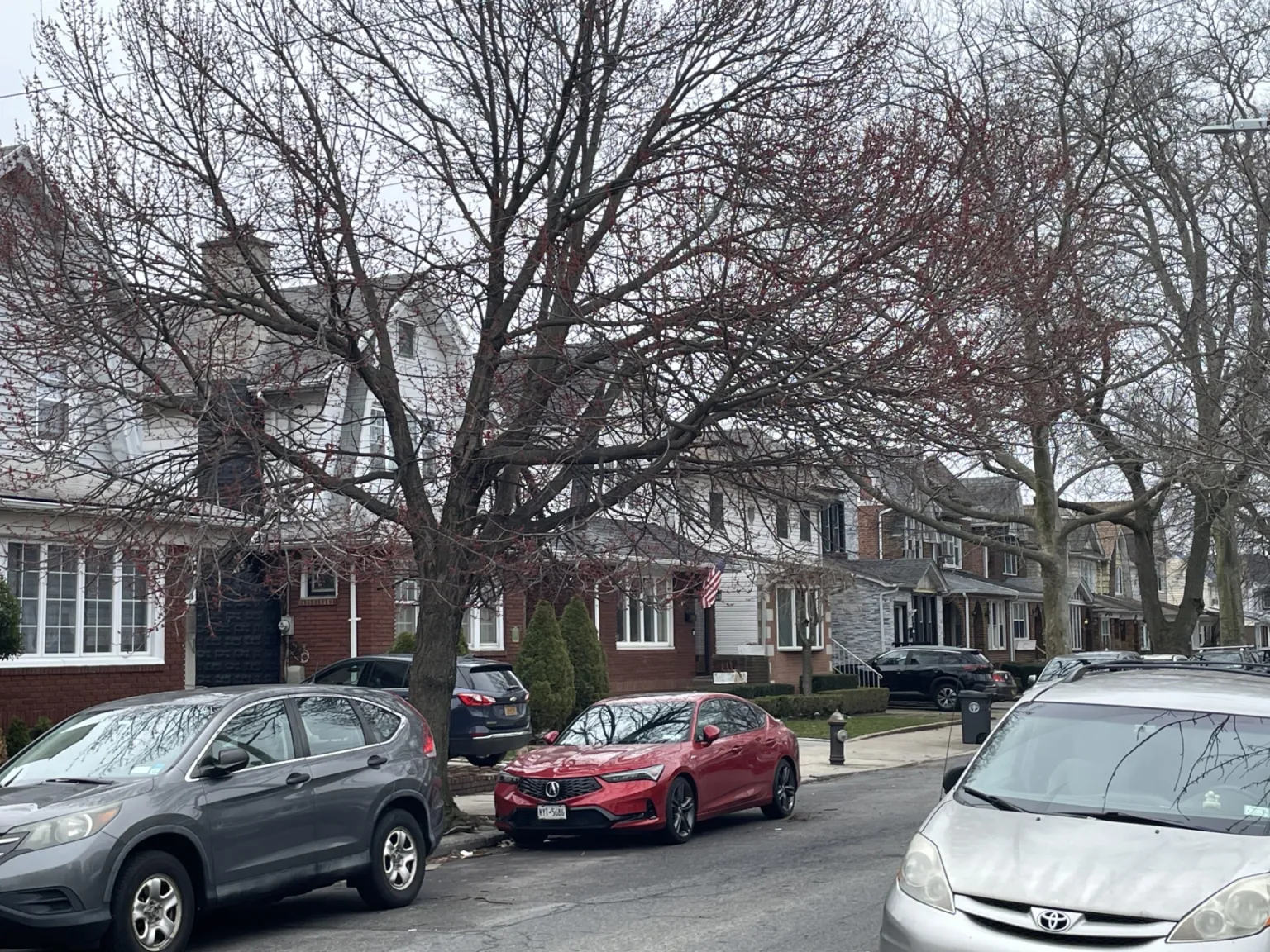Building of the Day: 68 Jay Street, Headquarters of the Grand Union Tea Company
Brooklyn, one building at a time. Before Dumbo teemed with tourists, residents and artists, it was one of the busiest industrial neighborhoods in Brooklyn. Large food companies like the Grand Union Tea Company were major contributors to jobs and commerce. Name: Former Grand Union Tea Company, now offices and studios Address: 68 Jay Street Cross…

Brooklyn, one building at a time.
Before Dumbo teemed with tourists, residents and artists, it was one of the busiest industrial neighborhoods in Brooklyn. Large food companies like the Grand Union Tea Company were major contributors to jobs and commerce.
Name: Former Grand Union Tea Company, now offices and studios
Address: 68 Jay Street
Cross Streets: Water and Front Streets
Neighborhood: Dumbo
Year Built: 1915
Architectural Style: “Daylight factory” with transitional Queen Anne elements
Architect: William Higginson
Other works by architect: Industrial architecture in Greenpoint, Dumbo and Manhattan. In Dumbo, most of the Gair buildings, including 1 Main Street.
Landmarked: Yes, part of the Dumbo Historic District (2007)
A block-wide and -long warehouse for tea
Construction began on this massive warehouse in 1896, the same year that Frank, Cyrus and Charles Jones brought their Jones Brothers/Grand Union Tea Company to Brooklyn.
This part of the block-long, block-wide complex was the last to be built, out of modern steel frame construction and brick. It is a transitional example of a “daylight factory.”
Daylight factories were introduced in the 20th century. They mostly refer to the reinforced concrete factories of the day that allowed for more windows and natural light to flood the work spaces. This construction also allowed for fewer interior beams and more open spaces.

A Pennsylvania company makes it big in Brooklyn, then the world!
The Jones brothers started their tea company in 1872 in Scranton, Pennsylvania. Frank Jones had the idea to sell their tea and coffee products directly to consumers, leaving out grocers and other middlemen.
They began by going door to door in Scranton. The name of their company was the Jones Brothers Tea Company, aka the Grand Union Tea Company. The name “Grand Union” was supposed to be an inspiration to shoppers engaging in a “grand union of savings.”
Before they left Scranton, the brothers established a chain of stores that carried just their own products. They moved to Brooklyn in 1893 and purchased the Dumbo property in order to expand their business.
They continued to open branch stores across the Northeast, as their warehouses in Dumbo continued to grow. It eventually became this factory.
The 1904 edition of King’s Views of Brooklyn states that this was the “largest warehouse and factory in the United States for teas, coffees, spices, flavoring extracts, baking-powders and soaps.”

Late-19th-century postcard on Etsy
By 1913, even before this building was built, the company employed 293 people. By 1917, there were 262 stores in 33 states and Washington, D.C., and by 1927, it operated 650 stores.
When 68 Jay Street was completed, the Grand Union warehouse had 10 acres of floor space. It shipped 120,000 cakes of soap and 20,000 pounds of baking soda each day. The company’s yearly output of coffee was 32 million pounds.

Nothing lasts forever
By 1923, the company had merged with several other regional chains and now had more than 500 stores. In 1928, the Jones family sold the business to a banking syndicate called Brown Brothers and Co. This Brooklyn facility was sold and the company relocated out of state.
Grand Union operated quite successfully until the 1980s. For the next 20 years, it was traded between large corporate raiders and retail conglomerates. The company filed for Chapter 11 bankruptcy several times, and its buildings and assets were sold and resold. The Grand Union name officially disappeared in 2013.
This building and the rest of the complex housed many other manufacturing companies throughout the 20th century. Today, it is home to a remarkably diverse range of businesses, offices, artist’s spaces and showrooms — including Brownstoner and its parent company, BlankSlate.
These brick walls and vaulted ceilings have seen a lot of history.
All photographs by Barbara Eldredge for Brownstoner.












What's Your Take? Leave a Comment